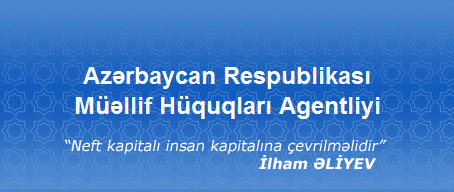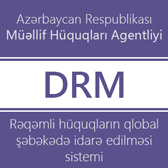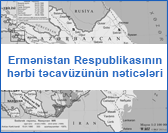The role of copyright today
The role of copyright today
Throughout human history, the creative work of scientists, scholars, writers and artists has been the driving force in cultural development, and protecting their rights has today become a major issue. It is also an important part of protecting the national heritage, cultural traditions and distinctive features of individual countries. Copyright laws are thus vital to the creation of a strong and autonomous culture industry.
Changes in the function of knowledge and culture in the late twentieth century, and the digital technologies of the twenty-first, have created a situation in which the products of the human mind are consumed and exploited on a wholly new scale. Indeed, intellectual property is now one of the main commodities in circulation. In today’s world, frontiers are meaningless, and copyright, too, has no boundaries. This is a vital aspect of the developing international trade in cultural assets, which demands this kind of security.
The importance of effective copyright becomes clearer with every passing year. This is an area where close links have been forged between personal and property rights, and this, in our view, has helped to turn copyright into an independent institution, closely tied in with the author’s legal personality.
At the same time, the history of copyright law in the last three centuries illustrates the attempt to strike a reasonable balance between the author’s interest in receiving fair remuneration for his work, and the public interest in free circulation of knowledge and ideas. Experience gained in the copyright sphere, national traditions and peculiarities, and the interests of both parties – all of these are relevant. In the last analysis, any decision taken in this area affects someone’s interests, since a right on one side implies a duty on the other. What we are saying is that copyright, as it exists in Azerbaijan today, is the product both of compromise and of tradition.
K.Imanov, 2005



















